8 color mistakes that make a clean room still feel dirty
You can scrub your space top to bottom, but if the colors are off, it can still look dingy. Paint tones, trim choices, and even your furniture color can play tricks on your eyes. Certain shades hide dust and grime better, while others seem to magnify it—even when the room is spotless.
Yellowed whites
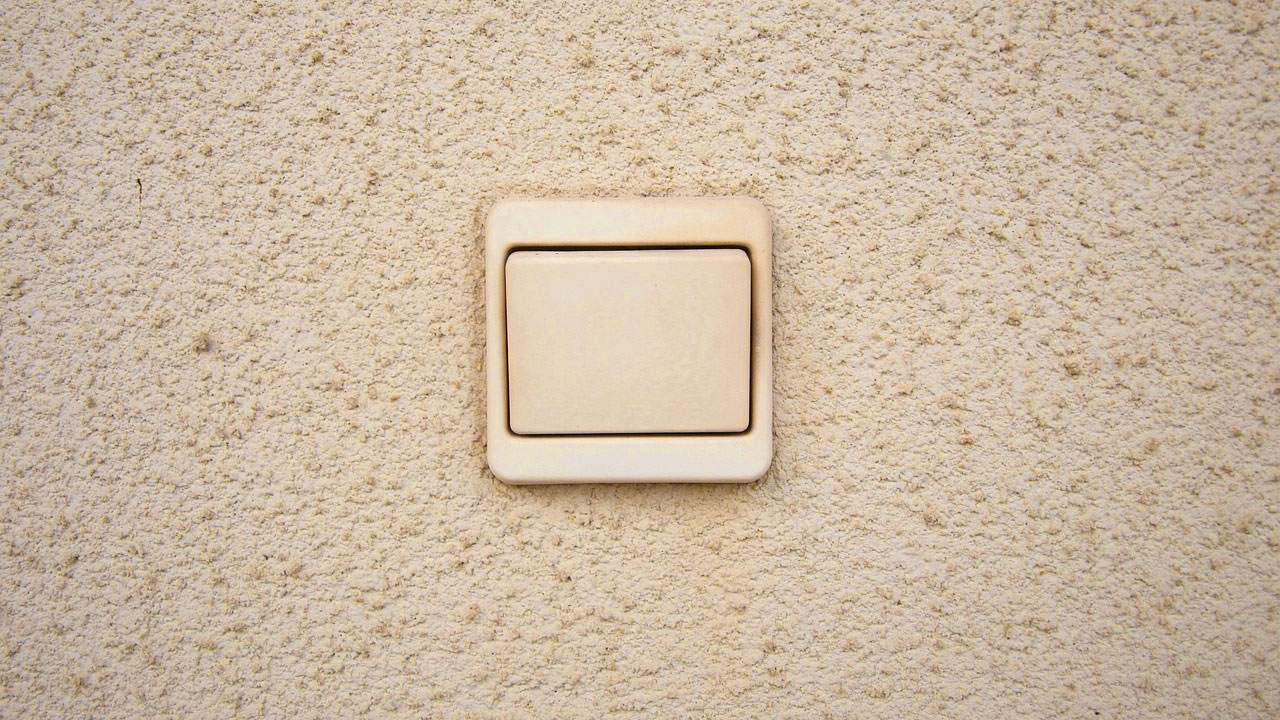
Aged or overly warm whites tend to read as dirty, even when they’re not. If your walls or trim have a yellow undertone, they can make everything around them look outdated or grimy. Brightening things up with a cleaner white can make the whole space feel fresher.
Gray that pulls too blue or purple

Cool-toned grays can sometimes turn icy or dull, especially in low-light rooms. They tend to highlight shadows and make imperfections pop. If the color looks more like concrete than cozy, it’s probably part of why your space doesn’t feel clean.
Beige that turns pink or peachy
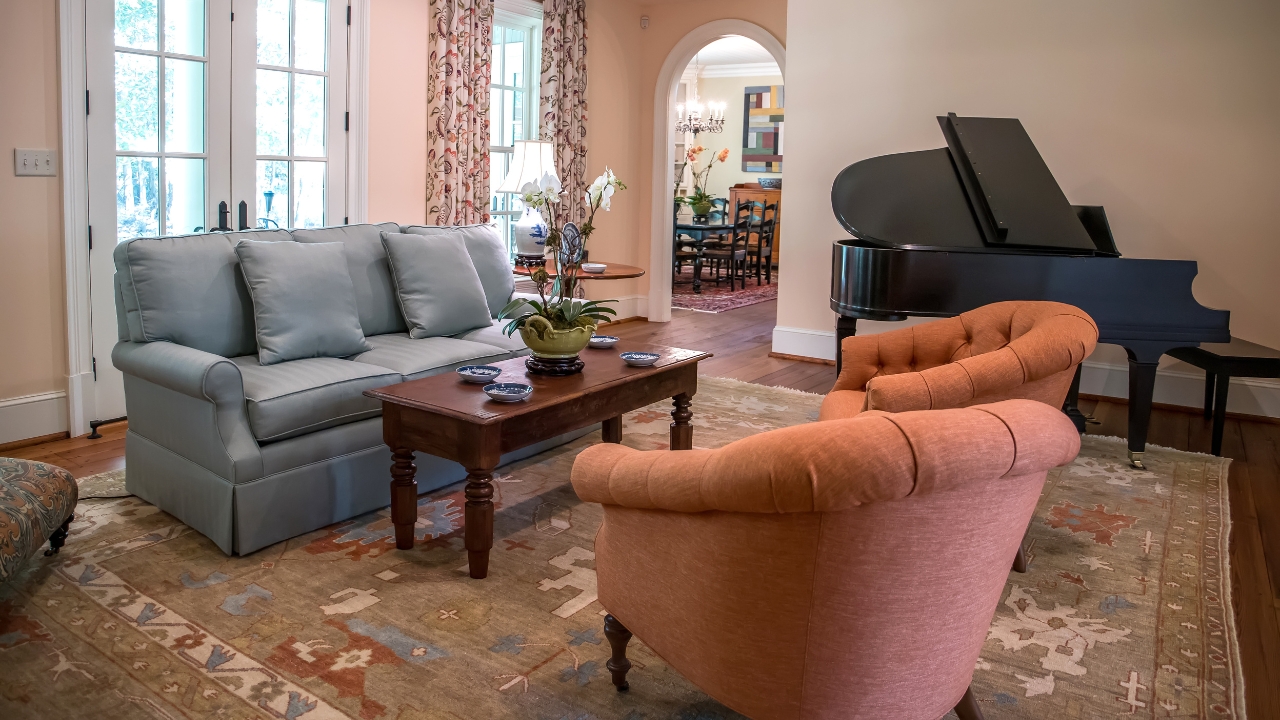
Some beige paints shift into pink or peach undertones depending on lighting, and those shades often clash with floors or furniture. That weird tint can make walls look blotchy or like they’re stained—even when freshly painted.
Too many competing tones
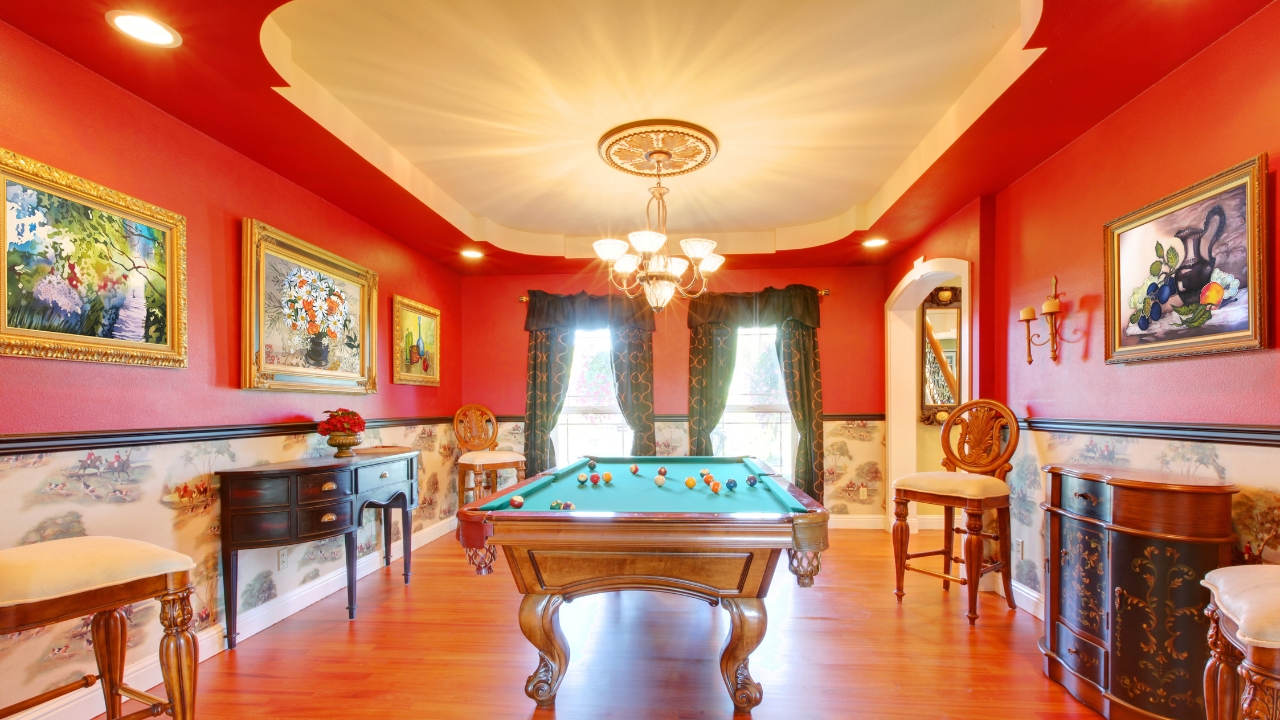
When the walls, floors, and trim are all different undertones, the room feels disjointed. That kind of contrast creates visual noise, which reads messier than it really is. Keeping tones consistent or complementary helps everything feel more pulled together.
Super dark walls with light floors
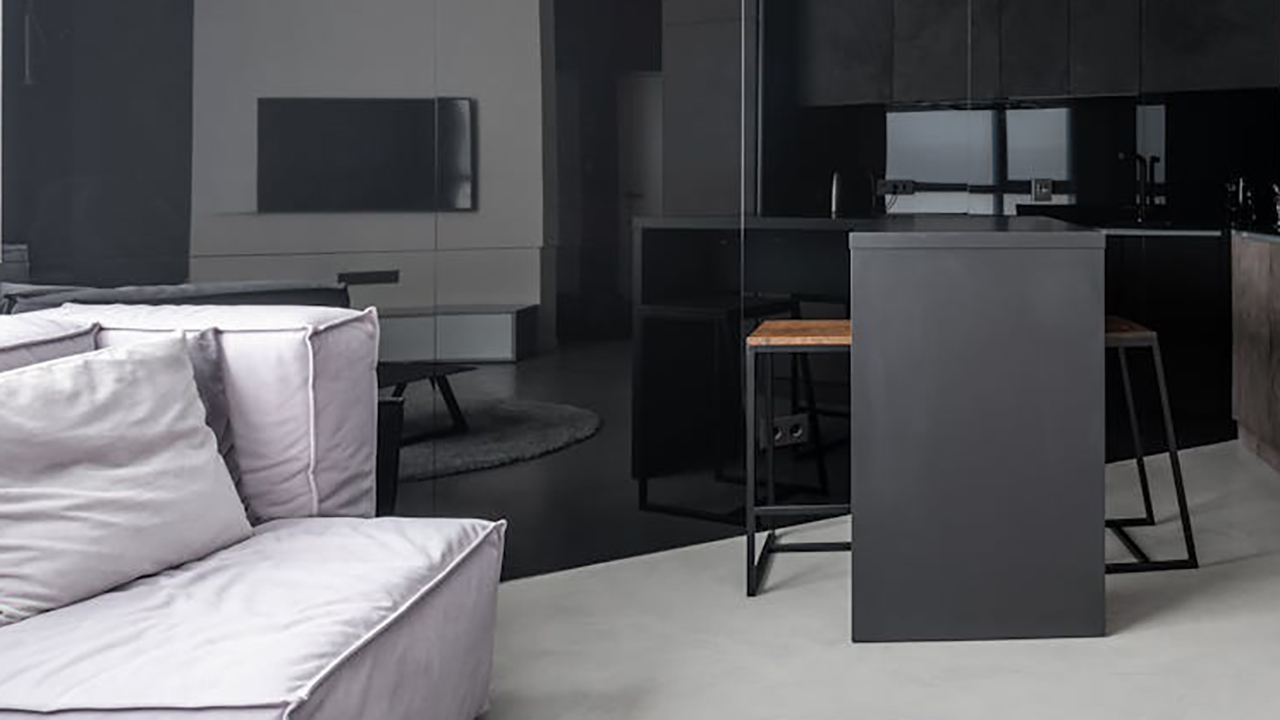
Dark walls can work, but when paired with pale floors, they highlight every speck of dust. The contrast is so strong that the floor always looks like it needs to be swept. It’s more noticeable than in rooms with more balanced tones.
Orange-toned wood everywhere
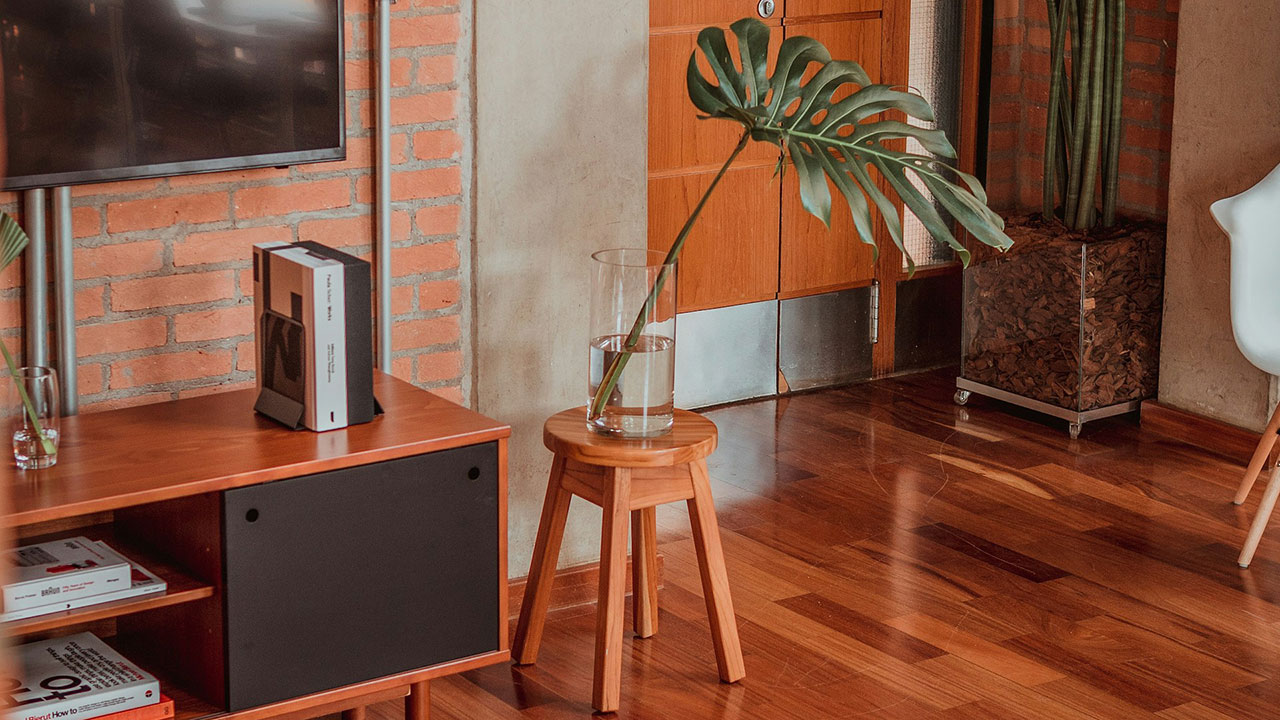
Excessive orange or red wood tones—on the floors, furniture, or trim—can cast a warm haze that feels dated. Even clean spaces can look worn if those tones dominate. Breaking it up with cooler accents or modern paint colors can help.
High-sheen finishes that reflect too much

Glossy paint, countertops, or tile show every fingerprint and smudge. Even after cleaning, streaks or reflections can make the room feel messy. Switching to matte or satin finishes in high-touch areas helps reduce that problem.
Using too many color accents

Accent walls, throw pillows, rugs, curtains—if they’re all different bold colors, it starts to feel chaotic. Even if the room is perfectly tidy, your brain reads the space as cluttered. Sticking to one or two main accent colors can calm things down.
*This article was developed with AI-powered tools and has been carefully reviewed by our editors.







